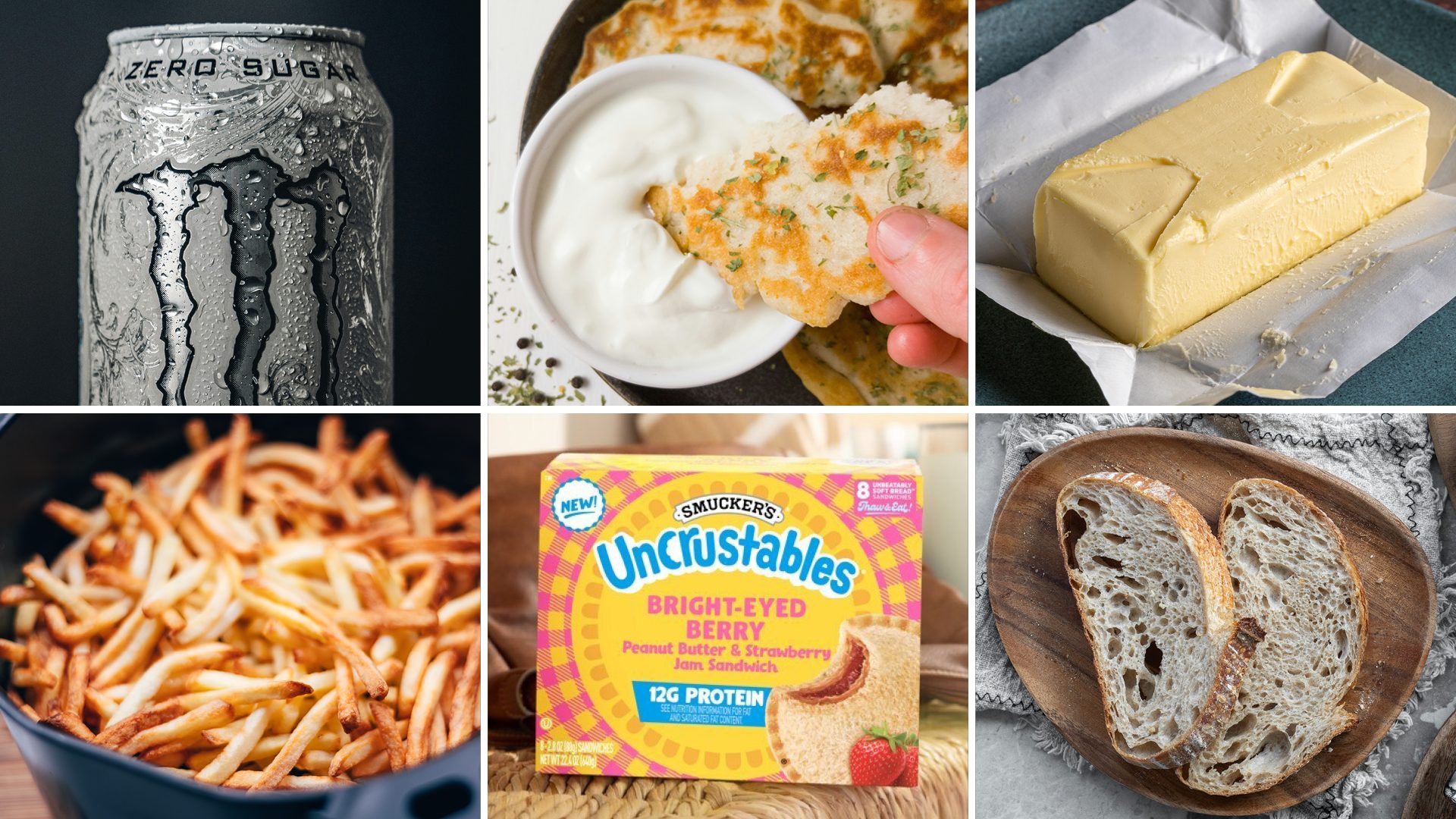A trend that took root during the Covid pandemic shows serious staying power, as health and wellness remain top of mind for many consumers as 2025 approaches.
According to research by Daymon, 83% of consumers are looking to live a healthier lifestyle, and 70% are making more of an effort to select nutrient-dense foods.
“Consumers are increasingly mindful of what they eat and prefer products with recognizable ingredients,” Dr. Lior Lewensztain – CEO of the That’s It fruit-bar brand – told The Food Institute.
As the new year approaches, experts say consumers are most interested in the following health-and-wellness trends:
Functional Foods
Consumers increasingly seek benefits like improved digestive health and stress reduction when purchasing food. Thus, functional products that feature probiotics, adaptogens, high protein, or added vitamins continue to gain momentum.
“Functional products can often come with higher price points, which explains why one in three shoppers say they look to private brands to offer more affordable products with functional ingredients,” said Tracy DeCarlo, director of category solutions at Daymon. “Brands have the opportunity to increase trial through increased marketing – tactics include in-store sampling and signage, on-pack callouts, and omnichannel promotions.”
Gut Health
Consumers have become attuned to the importance of digestive health, making items like prebiotic sodas all the more appealing to those roaming retailers’ aisles.
“Gut health is indeed a top priority,” said Elizabeth Inman, COO of the Love a Wholistic Life nutrition and coaching service. “The gastrointestinal system is crucial for overall health, impacting every organ in the body.”
Healthy Aging
Inman has also noticed the gathering momentum of Americans seeking to age gracefully while paying close attention to cognitive function, heart health, and overall vitality. According to futureceuticals.com, 78% of global consumers feel that healthy aging is important – and that number peaks at 80% among millennials.
“Preventative healthcare, telemedicine, and digital health monitoring such as fitness trackers and smartwatches are helpful tools driving this trend,” said Inman, a wellness expert. “These tools make it easier for individuals to stay proactive about their health.”
Limiting Sugar
According to the 2023 Food & Health Survey by the International Food Information Council, 72% of Americans seek to limit or avoid sugar in their diet. That movement continues to gain steam.
“With increased awareness of the health risks associated with excessive sugar consumption, more consumers are seeking products with reduced or no added sugars and avoiding sugar alcohols altogether, due to potential long-term health concerns,” said Dr. Lewensztain.
Intermittent Fasting
Diet plans like time-restricted fasting (only eating within an eight-hour window each day) have gained prominence as celebrities like Kourtney Kardashian and Jimmy Kimmel have sung their praises.
“I believe intermittent fasting, or some form of fasting, is here to stay,” said Asha Patel, founder of Leely Chai Co. “It has been practiced in India for centuries, with proven health benefits.”
So, how can F&B leaders take advantage of consumer interest in health-and-wellness? By using a three-pronged approached, according to one CEO.
- Offer allergy-free options. Whether you’re a CPG brand, a restaurant, or a grocer, these days it pays to offer options that are free of allergens like gluten, nuts, or soy, said Dr. Lewensztain.
- Be responsive. According to the CEO of the That’s It brand, F&B leaders must be prepared to pivot quickly based on consumer feedback and emerging trends.
- Monitor online conversations. “Platforms like TikTok, Instagram, and Reddit are gold mines for understanding what customers care about, especially Gen Z,” Lewensztain said. “This generation is quick to call out brands they don’t trust, so staying in tune with these conversations is crucial.”
The Food Institute Podcast
Restaurant results for the second quarter weren’t stellar, but people still need to eat. Are they turning to their refrigerators, or are restaurants still on the menu for consumers? Circana Senior Vice President David Portalatin joined The Food Institute Podcast to discuss the makeup of the current restaurant customer amid a rising trend of home-centricity.











